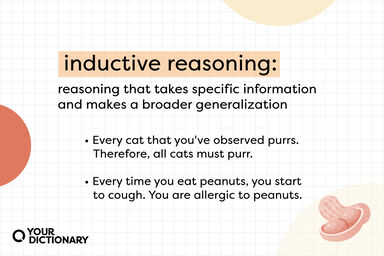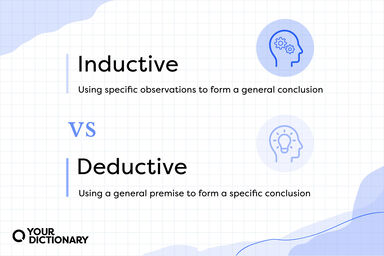To the sending currents, however, the bridge offers only apparent ohmic resistance due to the fact that the current entering the mid-point of the winding flows through the two halves or arms in opposite direction, and, owing to the winding being on the same iron core, the mutual inductive effect of the two arms on one another neutralizes the self-induction to the sending currents.
The strength of the induced current is - HScosO/L, where 0 is the inclination of the axis of the circuit to the direction of the field, and L the coefficient of self-induction; the resolved part of the magnetic moment in the direction of the field is equal to - HS 2 cos 2 6/L, and if there are n molecules in a unit of volume, their axes being distributed indifferently in all directions, the magnetization of the substance will be-3nHS 2 /L, and its susceptibility - 3S 2 /L (Maxwell, Electricity and Magnetism, § 838).
The effects may be varied by altering the capacity and self-induction of the circuit which contains the spark gap. The insertion of self-induction has the advantage of avoiding the lines due to the gas through which the spark is taken, but it introduces other changes in the nature of the spark, so that the results obtained with and without self-induction are not directly comparable.
Hemsalech have observed that the insertion of a self-induction in a condenser discharge almost entirely obliterates the air lines, and the same effect is produced by diminishing the spark gap sufficiently.
The explanation of these facts presents no difficulty, inasmuch as during the sudden discharge which takes place in the absence of a self-induction, the metallic molecules have not sufficient time to diffuse through the spark gap; hence the discharge is carried by the gas in which it takes place.





